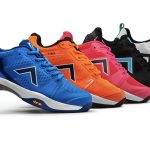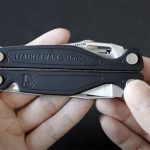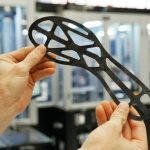The market for wearable sports and fitness activity sensors is set to explode over the next few years as a new generation of devices collect and automatically share data online, according to a new research study. Competition from atheletic footwear, mobile phone and consumer electronics companies, however, will present Garmin with unprecedented competition.
Nike, Adidas, and Motorola are just some of the companies to recently launch new wearable wireless products and there are plenty more to follow them. Mobile handset accessory vendors, consumer electronics companies, fitness management service offerings, and online services providers will all join a market that has long been the preserve of specialist, high-end vendors such as Polar and Garmin.
“Sports, fitness, and well-being applications will be the key engine of growth in the wearable wireless healthcare market as demand for a new wave of devices will be driven not just by growing consumer interest and awareness but also by increased competition and support for a raft of new applications,” says principal analyst Jonathan Collins.
Strong growth will also take place within home monitoring applications for assisted living, remote patient care to help manage chronic conditions, and within hospitals and clinics. Over the next five years, the total market for wearable wireless devices in sports and healthcare will grow to 169.5 million devices in 2017, up from 20.77 million in 2011, a CAGR of 41%.
At the heart of this growth will be ultra-low power wireless connectivity from wearable devices to mobile phones through support for Bluetooth Smart in handsets and devices.
“Leveraging mobile handsets to provide automated online data access opens up the wearable wireless market to real-time online connectivity. Although not the only option, standardization around Bluetooth Smart will be the bedrock of this market growth. A whole host of companies in the sports and medical device market, as well as online services companies, are going to have to add or extend their offerings and services to support a new wave of wearable sensor connectivity,” says Collins.















